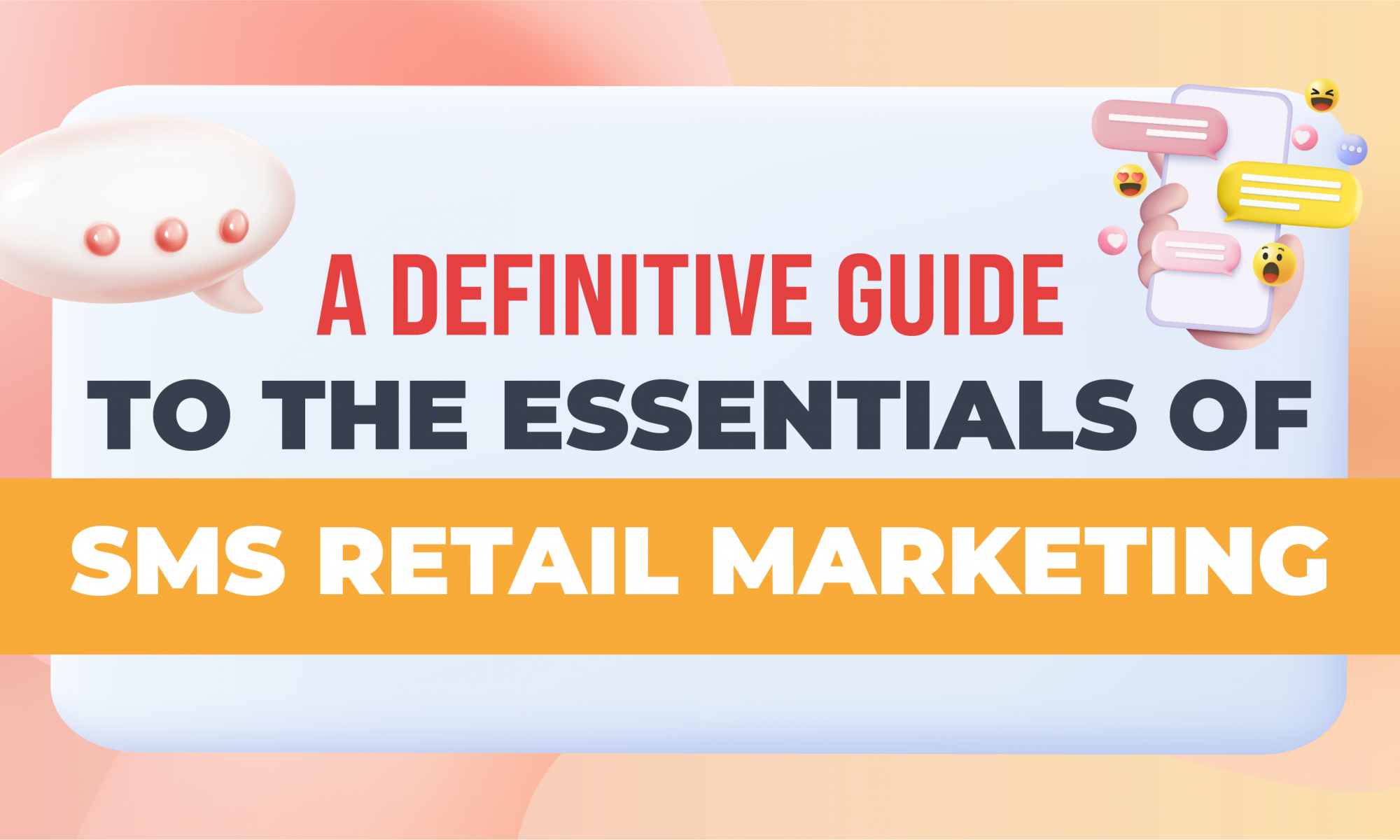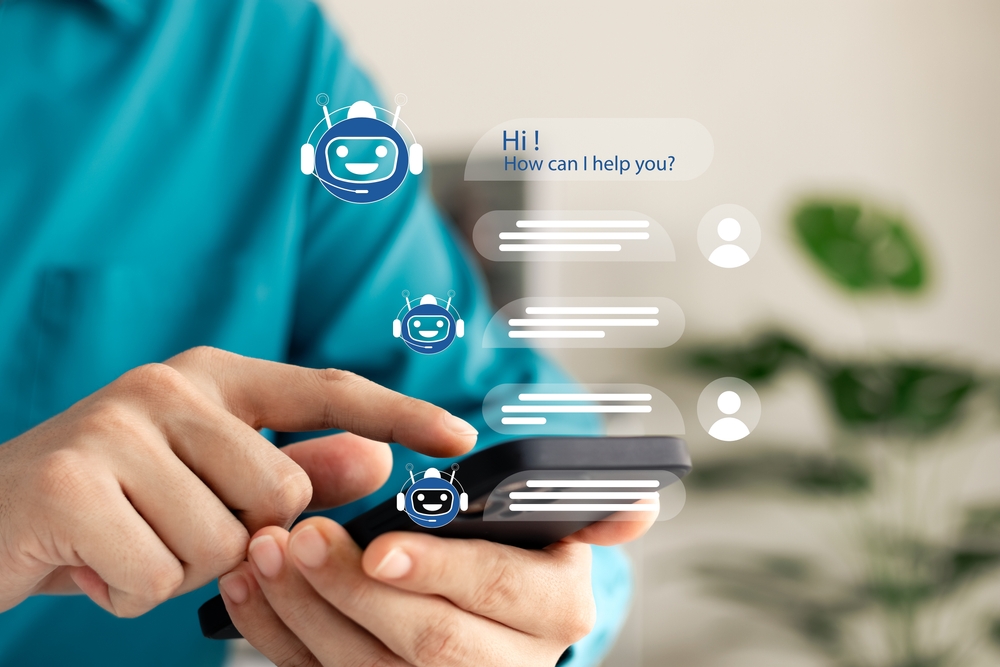The marketing world can be unforgiving, and one mistake or misstep can have a more considerable impact than initially expected. With every message competing for attention, businesses seek ways to create genuine connections with their audience.
Amidst this digital noise, there exists a hidden gem: interactive SMS engagement. It’s not just another marketing tactic but a potential game-changer that can help you get ahead of the competition.
This blog explores the impact of interactive text. You’ll learn its strategic benefits, such as instant feedback, personalized communication, and real-time customer involvement.
What is Interactive SMS?
Interactive SMS or texting is a two-way communication method in which you send customized messages to opted-in customers. These customers can then reply, participate in surveys, and receive personalized content.
You can track and integrate these interactions, which include answering questions and clicking on links to mobile-friendly pages, into your customer relationship management (CRM) or marketing systems. This process enables real-time data collection and automates follow-up actions.
Prominent Factors of Interactive SMS
- Two-way communication: Customers can reply to your texts, allowing for a conversational and engaging interaction.
- Personalization: You can tailor your messages to customer preferences and behaviors, increasing relevance and engagement.
- Real-time feedback: Interactive SMS can help you gather immediate insights from customer responses and quickly adjust marketing strategies.
- Integration with CRM and marketing systems: Responses and interactions are synced with CRM systems, facilitating frictionless data management and follow-up automation.
- Cost-effectiveness: Interactive text reduces the need for multiple messages by capturing extensive customer information through a single interactive message.
Interactive SMS can increase customer engagement through personalized and interactive text messages, automated responses, and data collection. It also boasts high open rates of over 98% and significant click-through rates of around 36%.
With interactive SMS, you can create a more engaging, personalized, and effective communication strategy. It can also help you drive customer satisfaction and business success. Here are more ways interactive SMS can benefit your business.
8 Benefits of Interactive SMS Engagement
Interactive texting goes beyond traditional messaging—it offers a strategic edge that can transform brand communication. Here are the key benefits that make interactive SMS a game-changer for your business.
1. Sharing new offers and perks proactively
Interactive SMS enables you to instantly share new offers and perks with customers, reducing your marketing expenses. For example, if you own a local bakery, you can send out SMS coupons for a weekend sale instead of costly flyers or ads to encourage more foot traffic.
2. Keeping your brand top of mind
Every SMS you send is an opportunity to remind customers about your brand. Personalized, branded messages ensure your business remains memorable.
Let’s say you run a hair salon. You can send appointment reminders and hair care tips to keep clients engaged and encourage their next visit.
3. Boosting self-service utilization
Unsurprisingly, some customers dislike being followed and constantly reminded. Interactive SMS can help your customers solve issues independently, reducing the need for direct support.
For example, you can send workout tips and membership renewal reminders via SMS if you manage a neighborhood gym. This way, your customers can manage their memberships and inquiries more independently.
4. Gaining immediate audience feedback
Own a restaurant? You’re in luck because gathering instant feedback has never been easier. Try sending a quick survey after a meal to learn about your diners’ experiences. This real-time feedback can help you quickly address issues and improve customer satisfaction.
5. Fostering a non-intrusive way of customer engagement
Customers appreciate some freedom to engage with you at their own pace. In fact, around 75% of customers prefer that businesses contact them via SMS.
Text messages are less disruptive than phone calls or emails, providing a comfortable way for your customers to engage. For example, your local bookstore can send personalized reading recommendations or event invites via SMS to engage customers without overwhelming them.
6. Promoting real-time client involvement
Real-time engagement through polls, surveys, and campaigns can make customers feel valued.
Let’s say you run a community garden center. You can use SMS to poll customers on what plants to stock for the season. This way, you can make them feel involved and more likely to support your business.
7. Delivering feature-rich content easier
Interactive text can deliver multimedia content like images and videos effectively. If you own a small travel agency, you can send travel tips, itinerary updates, and promotional videos via SMS. You can provide your customers with engaging and informative content conveniently.
8. Enhancing customer support
If you run an online store, you can use SMS to answer common questions, provide order updates, and resolve issues quickly.
For instance, you can send automated responses to queries like “Where is my order” with real-time tracking information or inform customers immediately when you ship their order.
Maximize Interactive SMS Potential
Interactive SMS offers unparalleled advantages in engagement, brand reinforcement, and customer support. The real-time feedback, proactive offer sharing, and personalized content capabilities make it a must-have in today’s competitive marketing landscape.
Looking for a provider of a trusted SMS API in the Philippines for businesses? Semaphore offers comprehensive SMS solutions your business needs.
Sign up today to revolutionize your communication strategy and unlock the full potential of interactive SMS engagement!




